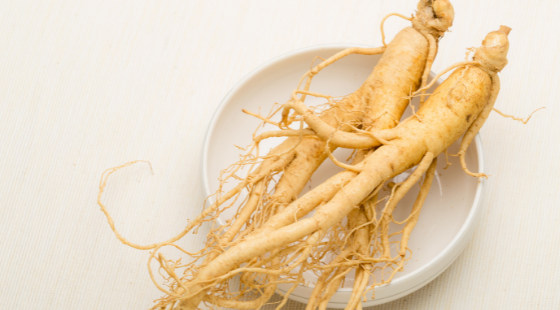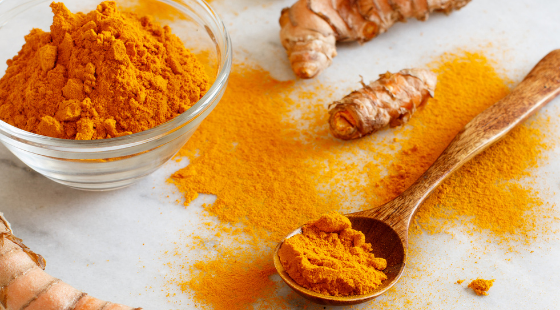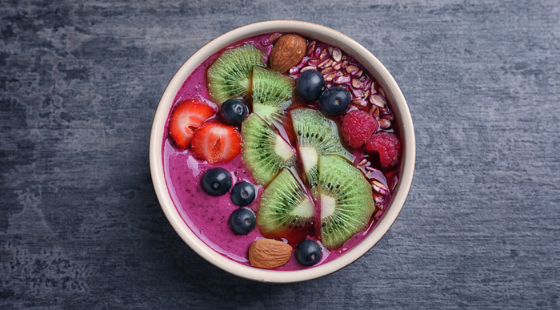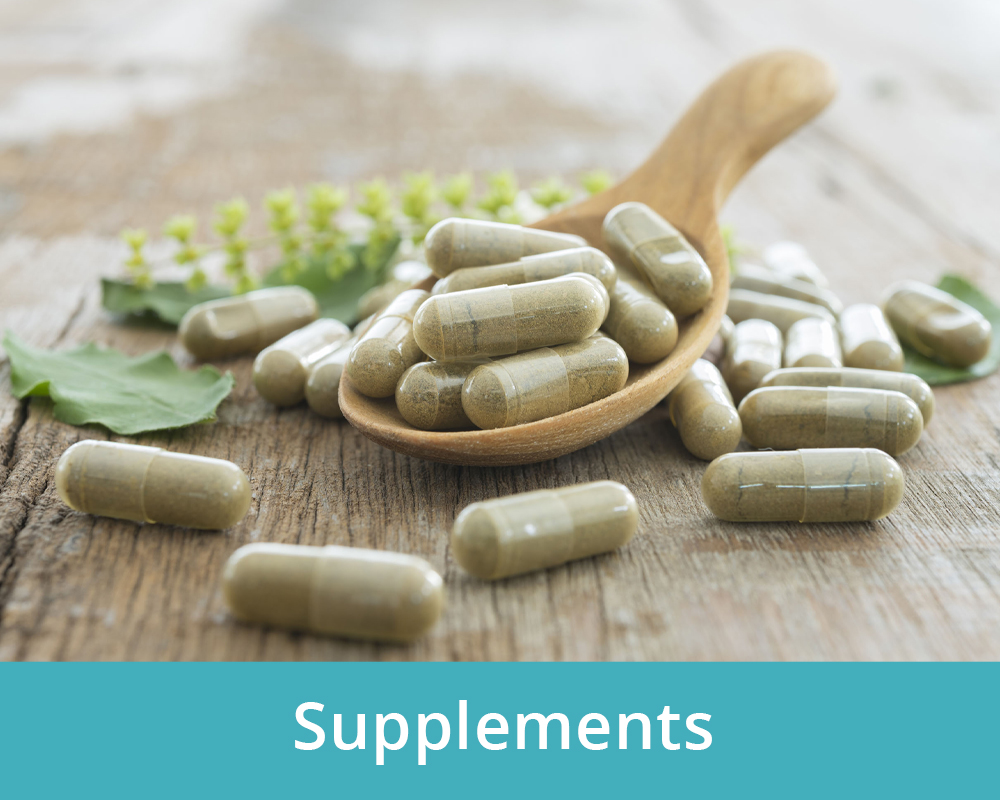
Is Ginseng Good For You?

What is Ginseng?
For thousands of years, ginseng has been used in traditional medicine to treat a variety of conditions. Because of its health benefits, it has been gaining in popularity in Western societies, as a main stream therapeutic food.
Ginseng has been shown to help lower blood sugar, lower cholesterol, reduce the risk of cancer, reduce stress, boost energy, and even to help manage sexual dysfunction in men. It can be easily chewed or added to your favourite tea, soup, or smoothie.
Ginseng is a type of slow-growing perennial plant. Ginseng contains two significant compounds: ginsenosides and gintonin. These compounds complement one another to provide health benefits such as inhibiting inflammation and increasing antioxidant capacity in cells. (1)
Various other plants are mistaken for the ginseng root! Don’t be fooled by Siberian ginseng (Eleutherococcus senticosus) and crown prince ginseng (Pseudostellaria heterophylla). These are not the ginseng plants discussed in this article. The true ginseng plants are those that belong to the Panax genus.
There are many different types of ginseng: but the most popular are American ginseng (Panax quinquefolius) and Asian ginseng (Panax ginseng). American and Asian ginseng vary in their concentration of active compounds and effects on the body. It is believed that American ginseng works as a relaxing agent, whereas the Asian variety has an invigorating effect (2, 3).
But, what is ginseng good for?
Top 7 Health Benefits Of Ginseng
#1. Ginseng Helps To Lower Inflammation And Reduce Oxidative Stress
Ginseng, as well as many other herbs, have been shown to help lower inflammation and reduce oxidative stress in the body. Inflammation can create numerous health issues in the body including pain, headaches, cognitive problems, depression, anxiety and poor sleep. Oxidative stress is when the body has too many free radicals circulating around the body and not enough antioxidants to combat this which results in damage to cells, tissues and organs.… Managing inflammation and oxidative stress are crucial in supporting a overall healthy body and brain (18).
#2 Ginseng Improves Memory And Brain Function
The majority of people tend to have reduced ability to concentrate and remember things. In fact University of Denmark suggests the collective global attention span is narrowing due to the amount of information that is presented to the public and with reduced attention span there is more difficulty with memory. Ginseng has neuroprotective properties to help support healthy brain function! In fact, studies have shown that people who consume ginseng on a daily basis have improved memory quality and secondary memory (5). A 2016 study on the effects of Korean red ginseng on cognitive function in patients with Alzheimer’s disease with a median age of 75 years old provided the patients 4.5 grams of Korean red ginseng per day. After 12 weeks taking ginseng, the study showed that it helped to improve frontal brain lobe function (14).
For more strategies on improving memory, we’ve shared our Top 10 Brain Boosting Foods and tips for Improving Your Memory Through Nutrition.
#3. Ginseng Improves Erectile Dysfunction
Research has shown that ginseng may be a useful alternative for the treatment of erectile dysfunction (ED) in men (6). Ongoing life stressors, toxins in our environment, hormone disruptions, and mental health concerns can all be contributing to problems in the bedroom. It seems that compounds in ginseng may protect against oxidative stress in blood vessels and tissues in the penis and help restore normal function (8).
One study found that men treated with Korean red ginseng had a 60% improvement in ED symptoms, compared to 30% improvement produced by a medication used to treat ED (9). Ginseng has been shown to raise testosterone levels, which is the hormone responsible for sex drive. This has been helpful in both male and female populations.
For more on improve sex drive and sexual dysfunction we’re written about our Top 5 Foods To Boost Your Libido and the Top 10 Health Benefits of Sex.
#4. Ginseng Can Help With Cancer
The recent stats show that 1 in 2 Canadians will get some form of cancer in their lifetime. So, anything we can do to help prevent or lower the risk of this occurring is important. Ginseng is one of many therapeutic foods that has been shown to support cancer prevention. A review of several studies concluded that people who take ginseng may have a 16% lower risk of developing cancer (10).
Ginseng may also help improve the health of patients undergoing chemotherapy by reducing side effects and enhancing the effect of some treatment drugs (16).
If you’re interested in learning more about nutrition and cancer you can check out our article listing 5 Nutrition Strategies For Cancer Prevention or our Top 6 Cancer Preventative Foods.
#5. Ginseng Boosts Energy Levels
We all need a pick me up now and again… and ginseng might just be the answer! Ginseng may help to boost physical and mental energy in people who feel weak and tired. One study of 21 men and 69 women found that ginseng showed good results in helping people with chronic fatigue (11).
#6. Ginseng Supports Flu Prevention
We all know the importance of preventing the flu and other respiratory viruses, and ensuring strong and healthy lungs. Research on the effects of ginseng in mice suggests a possible link between ginseng and the treatment and prevention of influenza and respiratory syncytial virus (RSV) (12).
Another study also identified that red ginseng extract could help improve the survival of the cells that line the lungs that are infected with the influenza virus (13). Early evidence indicates that ginseng extract could enhance the effect of vaccinations against diseases like influenza, as well (15).
For more on supporting the immune system, we’ve written the following:
- The Power of Berries
- 5 Steps To Support The Immune System
- Supporting The Immune System with Vitamin C
- Boost Your Immune System Super Powers
#7. Ginseng Assists with Balancing Blood Sugar Levels
Studies suggest that ginseng may help lower blood sugar and assist in the treatment of diabetes. Ginsenosides may affect insulin production in the pancreas and improve insulin resistance using other mechanisms.
One study showed taking 6 grams of Korean red ginseng for 12 weeks, along with the usual anti-diabetic medication or diet, in individuals with type 2 diabetes not only enabled participants to maintain balanced blood sugar levels, but they also had an 11% decrease in blood sugar levels, a 38% decrease in fasting insulin and a 33% increase in insulin sensitivity (17).
Ginseng Risks
When planning to use ginseng, it’s important to make sure you find a legitimate supplier, as many online companies sell supplements that aren’t authentic, helpful, or effective.
Summary
So, whether you incorporate a ginseng tea into your morning routine, cut up some ginseng and put in your smoothies, or find a supplement that is right for you, your body and brain may love you for it!
References:
1. https://pubmed.ncbi.nlm.nih.gov/24122014/
2. https://pubmed.ncbi.nlm.nih.gov/24467543/
3. https://pubmed.ncbi.nlm.nih.gov/23717099/
4. https://www.ncbi.nlm.nih.gov/pmc/articles/PMC3659583
5. https://www.salubrainous.com/ginseng-for-memory/
6. https://pubmed.ncbi.nlm.nih.gov/16855773/
7. https://pubmed.ncbi.nlm.nih.gov/24458001/
8. https://pubmed.ncbi.nlm.nih.gov/15005641/
9. https://pubmed.ncbi.nlm.nih.gov/8750052/
10. https://pubmed.ncbi.nlm.nih.gov/27616903/
11. https://pubmed.ncbi.nlm.nih.gov/23613825/
12. https://www.ncbi.nlm.nih.gov/pmc/articles/PMC4072342/
13. https://www.ncbi.nlm.nih.gov/pmc/articles/PMC3297520/
14. https://www.liebertpub.com/doi/abs/10.1089/acm.2015.0265?journalCode=acm&
15. https://pubmed.ncbi.nlm.nih.gov/8879982/
16. https://pubmed.ncbi.nlm.nih.gov/25347695/
17. https://pubmed.ncbi.nlm.nih.gov/16860976/
18. https://pubmed.ncbi.nlm.nih.gov/24814037/











